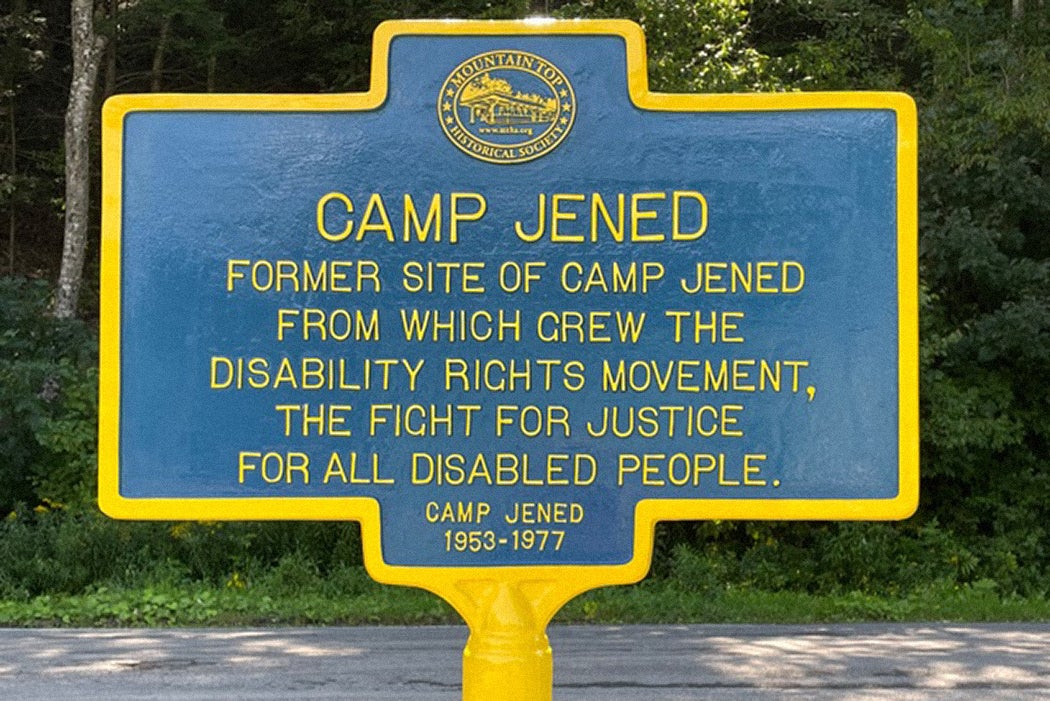A core tenet of the modern disability rights movement is that disability can be understood not as an individual deficit but as a social failure. Historian Lindsey Patterson describes how the movement emerged thanks in part to disabled young people whose experiences in community with each other transformed their perspectives about what was possible for them.
Patterson begins with the story of Fred Fay, who was a seventeen-year-old in Bethesda, Maryland, when a trapeze accident left him paralyzed in 1961. He went to the Warm Springs Institute in Georgia, a resort-like (and whites-only) center where physically disabled adolescents could spend time together. Returning home for his senior year of high school after seven months at Warm Springs, Fay noticed that the physical and social accessibility issues he faced were the products of his environment, not an innate part of being disabled.
When Fay enrolled at the University of Illinois, known for its strong Rehabilitation Education Services Program, he met other Warm Springs alumni who had had similar experiences. They established a coed fraternity, Delta Sigma Omicron (DSO), and two publications that focused on educating the public about disabilities and fighting discrimination.
Patterson writes that DSO members evaluated the campus buildings and infrastructure and lobbied administrators to improve accessibility. They also took direct action. Timothy Nugent, the disability administrator, joined a small group of disabled students in going out at night and smashing curbs with sledgehammers to force the university to rebuild them with ramps.
Like Fay, Judith Heumann of Brooklyn had a life-changing experience at a retreat for disabled young people—in her case, Camp Jened in Hunter, New York. She developed close bonds with two fellow campers, Bobbi Linn and Frieda Tankus. Though they went to different colleges, they all became involved in campus disability activism.
Meanwhile, Patterson writes, a 1962 lawsuit by quadriplegic student Ed Roberts forced the University of California, Berkeley to begin admitting disabled students. They were housed in a wing of the school’s hospital that they set up like many dorms of the time, with a pool table, posters and bead curtains, and plenty of cigarettes, beer, and marijuana. Inspired by the Free Speech and Civil Rights movements, they formed an activist group called the Rolling Quads which successfully demanded financial support for their accessibility needs and the establishment of a Disabled Students Program.
As they graduated, the student activists from all three states, and others like them, extended their networks and expanded their work into fighting for disability rights at the state and federal levels. In 1972, after President Richard Nixon vetoed a bill to extend civil rights protections to disabled people, Heumann and fifty other activists used their wheelchairs to stop traffic in Manhattan, in just one of many militant actions across the country. The following year, Nixon signed the first law offering federal protection against discrimination on the basis of disability.
“Disability rights constituted a genuine grassroots movement that built momentum from successes at local levels,” Patterson writes.







